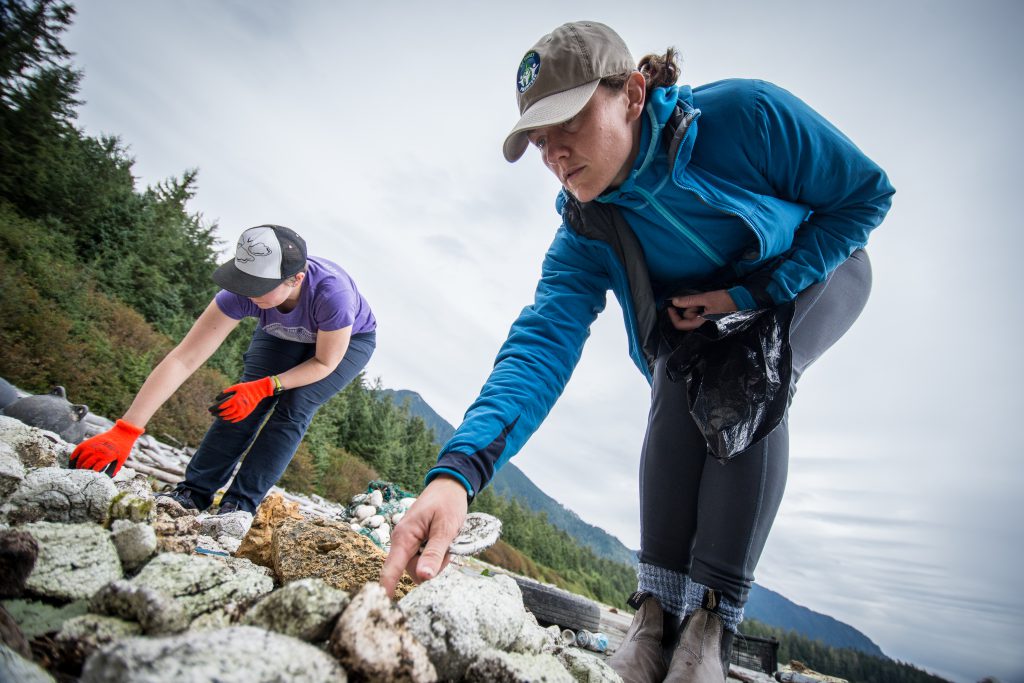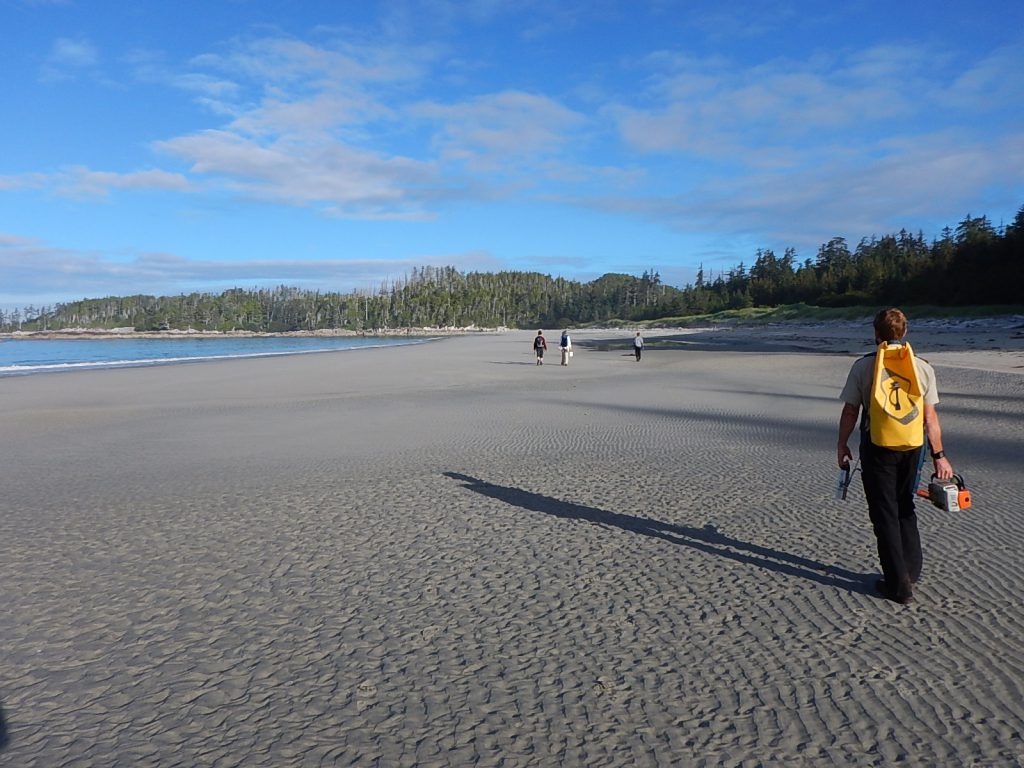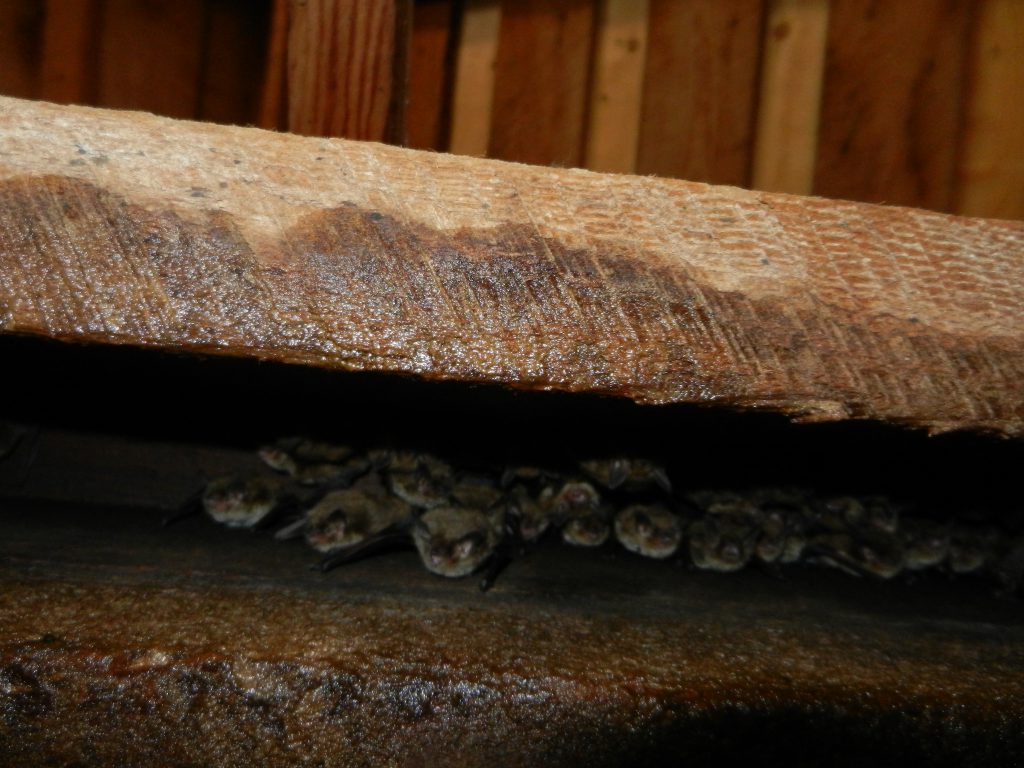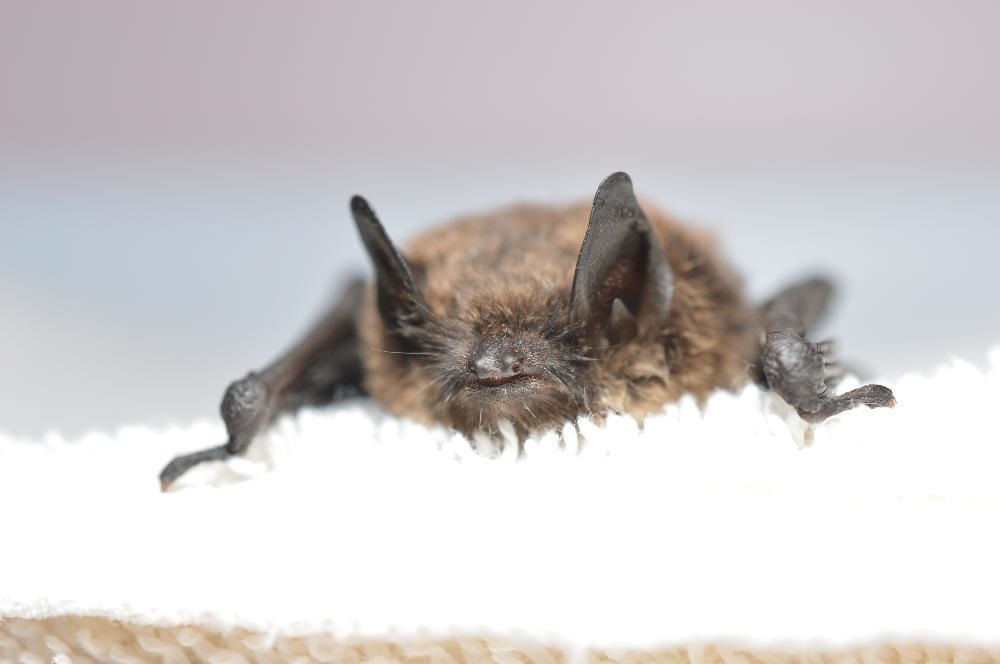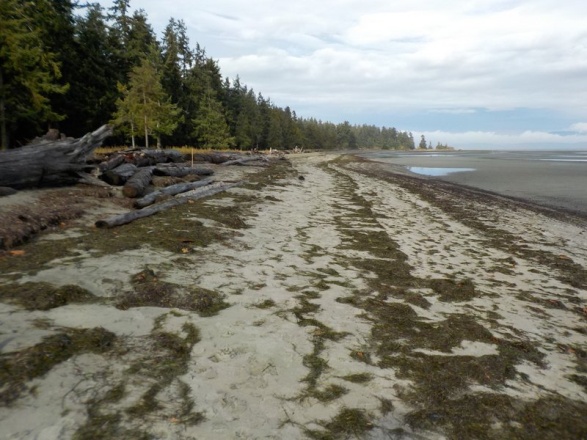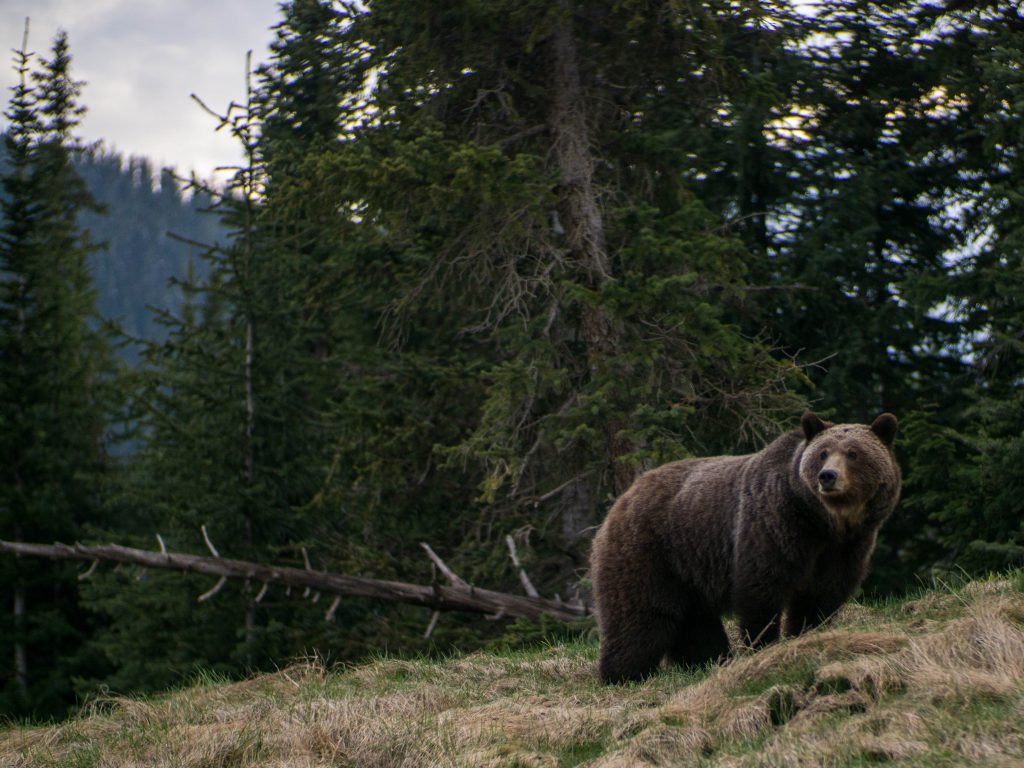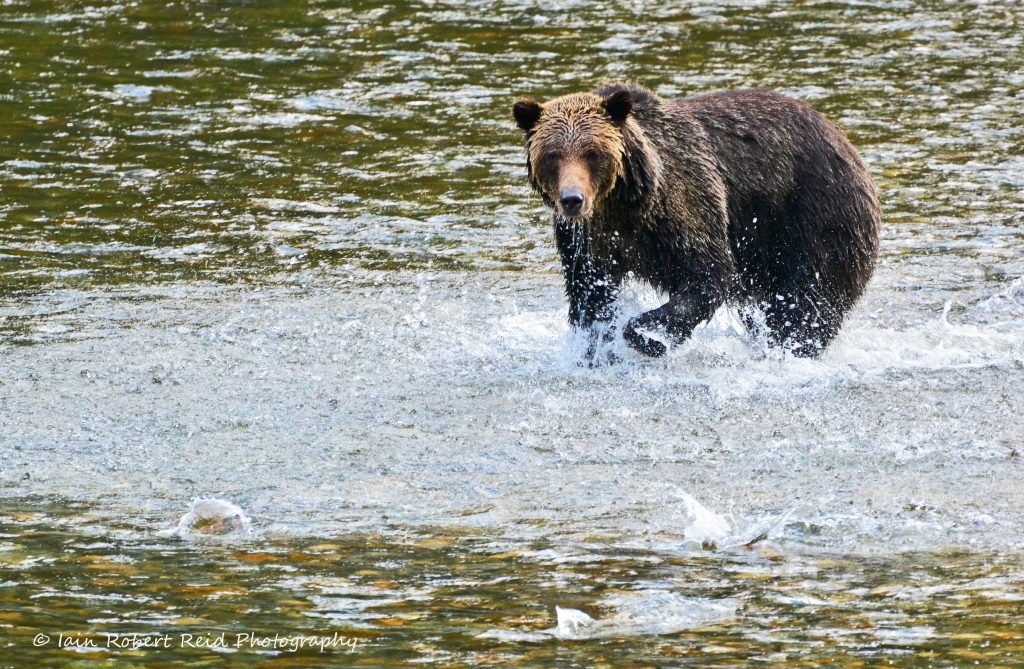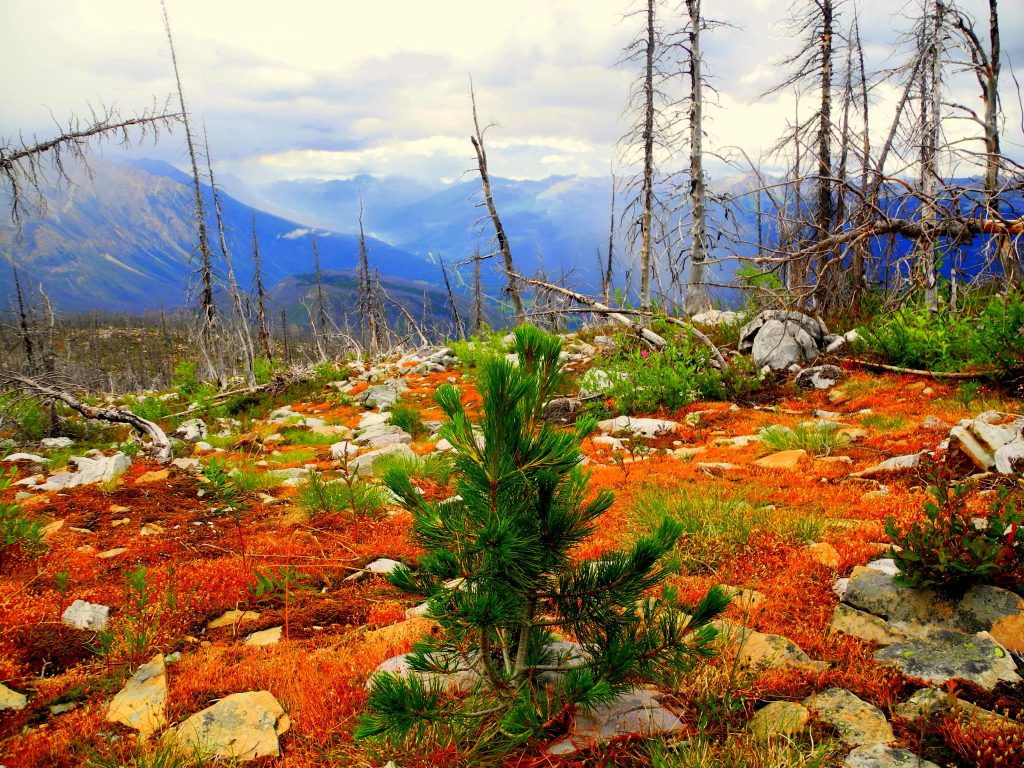BC Parks is excited to be partnering once again with the Vancouver Aquarium as a conservation supporter of the WWF’s Great Canadian Shoreline Cleanup! Since 1994, over 700,000 participants from …
$240,000 is now available for BC Parks community engagement projects taking place in 2017/18. Each of BC Parks’ five regions have been allocated $20,000 to support conservation projects, and $20,000 to …
By Sara Bunge and Sharilynn Wardrop Over the past five years, BC Parks staff in the Okanagan have been working with volunteers to monitor bat populations in three parks: Sun-Oka …
White nose syndrome (WNS) is a deadly fungus that grows on the noses and bodies of bats. It first appeared in the Eastern United States in 2006. Since then, over …
If you go to Rathtrevor Beach Provincial Park’s main parking lot area and follow the trail to the beach you may be surprised to learn that just a few months …
In 2011, BC Parks launched its Long-term Ecological Monitoring, or LTEM, project. This project is designed to measure environmental change over a long period of time. Parks provide relatively pristine …
I’ve been a Ranger for two seasons now and can’t count the number of times I’ve given my “bear aware” talk to visitors on the trails. Wildlife education is one …
The changing seasons bring with them changing opportunities to experience wildlife and connect with nature in our parks. As the summer comes to a close, nature begins its autumnal preparations …
Do you ever wonder just how healthy our environment in BC is? How clean is our air and water? How fast is our climate changing? And – perhaps – how …
The whitebark pine is an extremely long-lived tree species that is found at the upper subalpine elevations. In 2010, the Committee on the status of Endangered Wildlife in Canada designated …

